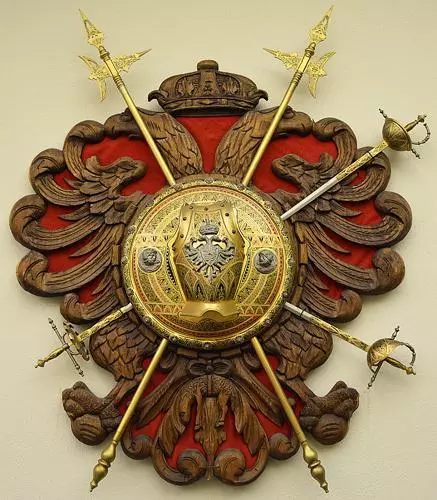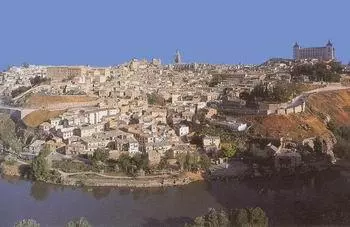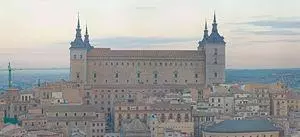History of Toledo, Spain 540-1936
Toledo, Spain has a much longer history than that of its sister city, Toledo, Ohio. Spanish tradition dates the founding of the city to 540 B.C.E., under the original moniker of Toledoth. The city has also been known as Tulaytulah (under Muslim rule) and Toletum (under Roman rule).
Toledo has been controlled by various empires and nations. The original rulers of the region were the Phoenicians from the Middle East (now Syria and Jordan). Toledo has also been ruled by the Moors, the Visigoths, and various other Germanic tribes before later being incorporated into Spain.
The famous walls of the city were begun during Roman rule and were completed after the Moors took control. Many of the original buildings from the Roman and Moorish eras have not survived. Currently, only the Mezquita del Cristo de la Luz (Mosque of Our Lord of Light), which was built in the 10th century and is the oldest structure in the city, still stands.
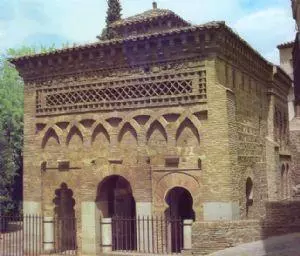 Mezquita del Cristo de la Luz, Toledo, Spain
Mezquita del Cristo de la Luz, Toledo, Spain
During the Middle Ages, Toledo was a center of cultural peace, with Jewish, Christian, and Muslim cultures all co-existing in one region. Although the region continued to excel in metalworking, which dates back to Roman times, the region was also known for its textiles. Another major industry was the Archbishopric, which spurred the growth of the city as well as construction of various large churches and religious icons. Toledo continued to prosper until 1565, when King Phillip II decided to move the Spanish government north to Madrid. Within 50 years, the population of Toledo was halved.
There was a brief revival of the city during the 19th century, as military industry and hospitals moved into the region. During the various wars of the 19th century (Wars of Independence and the 1868 revolution), the city sustained heavy damage. After the revolution, Toledo once again began the process of re-inventing itself.
This would continue until the Spanish Civil War. The province of Toledo would play a large symbolic part at the beginning of the war with the battle and siege of the Alcázar (Nationalist troops had sequestered themselves inside). Although Toledo lacked any strategic importance, the Republican army continued to use siege tactics against the beleaguered Nationalist forces. For several months, the small garrison of Nationalists was able to stave off the Republican army. This long siege caused extensive damage to the Alcázar, which was repaired after the war.
This defiance prompted Nationalist General Francisco Franco to declare himself Generalismo and led to an assault on Madrid. The brutal siege of Madrid last for three years, only coming to an end after the war had concluded.
In the post-war period, the Alcázar was rebuilt and currently houses the Castilla-La Mancha Regional Library ("Biblioteca Autonómica") and the Museum of the Army ("Museo del Ejército").
History of Toledo, Ohio 1600-1945
The name of the Maumee valley came from the Miami nation, which resided in the region for a very short time. The name of the valley comes from the French pronunciation of the name of the nation, Maumee.
At one point in the history of the area that would become Toledo, Ohio, the region was actually under Spanish control. This was short-lived, however, and the land eventually fell under French rule. The French had previously staked a claim to the land in the late 16th century following the expeditions of Jacques Cartier. The first American settlers did not make it to the area until the mid-18th century with the creation of fur trading outposts along the Erie.
Toledo, Ohio has gone by many names in its relatively short life. At various times, the area has been known as Fort Industry, Port Lawrence, and Vistula.
By the early 19th century, tensions between the newly independent Americans and their native neighbors came to a boil both nationally and in the Maumee Valley region. With the onset of the War of 1812, hostilities between the United States and the British and their native American allies commenced throughout North America. In Ohio, the siege and eventual American victory at Fort Meigs proved to be an important morale booster for the young nation after the defeat of US forces at Detroit and Frenchtown (Monroe, MI). Not only did the victory halt the advance of Tecumseh and the British forces, it also gave the United States a well-fortified base of operations in the "west."
With the end of the War of 1812 and the Indian removal policies of President Andrew Jackson, the Toledo area began to thrive. Port Lawrence – built upon the existing town of Fort Industry and on the site that would eventually be renamed Toledo – was unfortunately claimed by Ohio and Michigan (then a territory) due to inconsistencies in the drawing of the borders. After a series of tense stand-offs and one casualty, the Toledo War ended after one year with a compromise that gave the Michigan territory the Upper Peninsula and Ohio the strip of land that was Toledo.
The naming of the city of Toledo has been attributed to two individuals, former Vistula merchant Willard J. Daniels and James Irvin Doyle. Daniels is said to have come up with Toledo because it was easy to pronounce and was the only city in the country with that name. This story has yet to be proven either true or false.
With the addition of various canals and the railroad, Toledo would boom during the next century, becoming as an industrial powerhouse in conjunction with the growth of Detroit. With the boom in industry came an influx of immigrants to the area, many from Europe and elsewhere. Toledo was also a center for the progressive movement in the Midwest, as mayors Samuel "Golden Rule" Jones and Brand Whitlock brought reform, parks, improvements in education, and other progressive changes to the city.
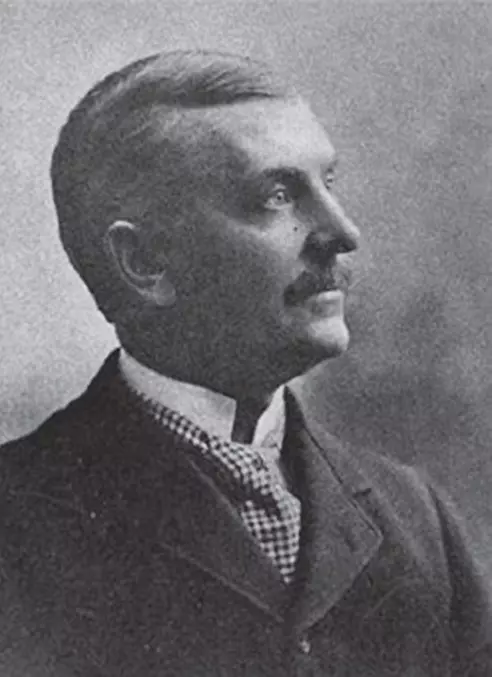 Toledo Mayor Samuel "Golden Rule" Jones
Toledo Mayor Samuel "Golden Rule" Jones
Due to the large amount of industry in Toledo, the Great Depression hit the city incredibly hard. This economic downturn would last until the dawn of World War II, when the city converted many of its consumer-based industries to the wartime production of Jeeps, aircraft, and other military supplies.

